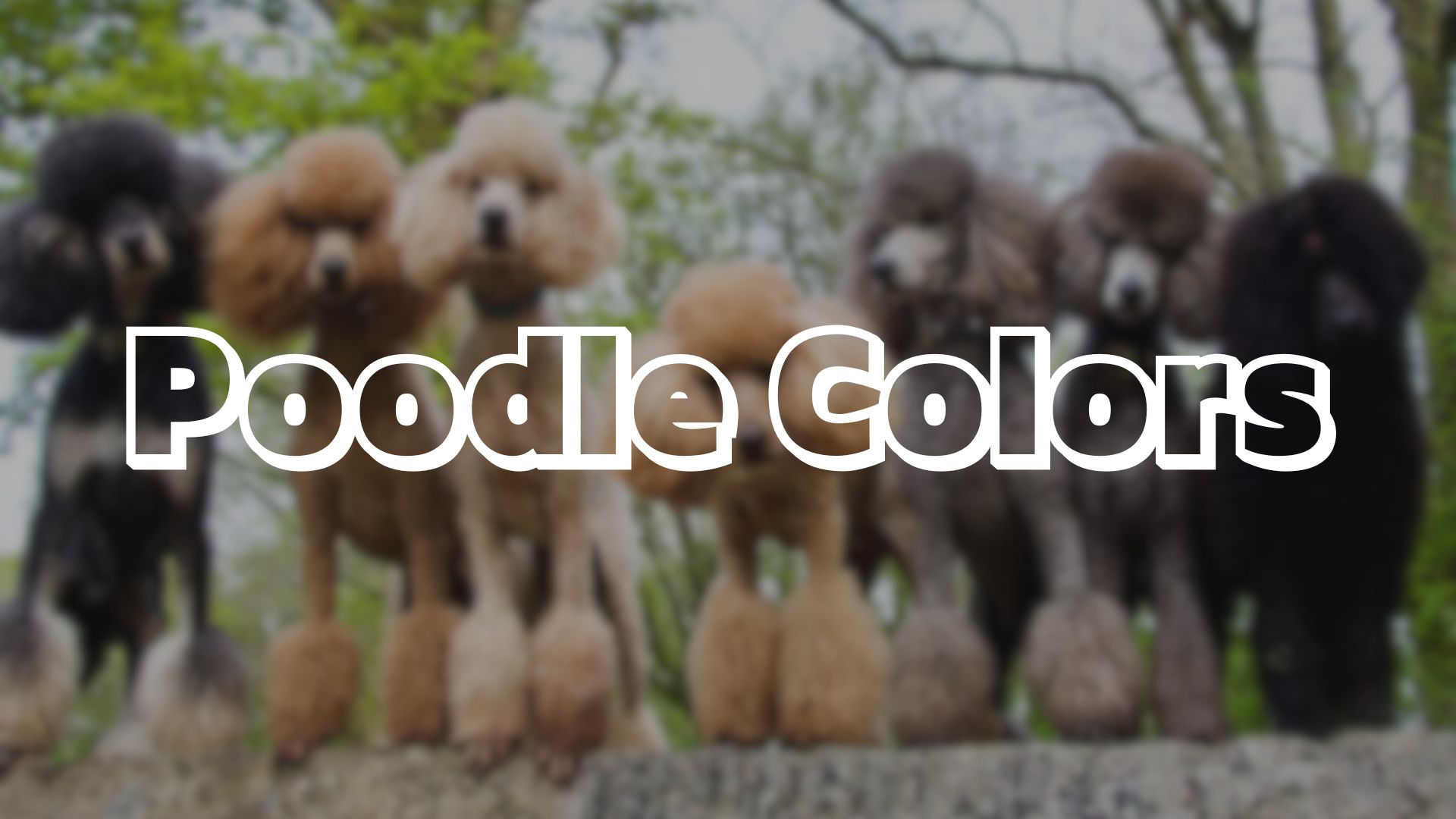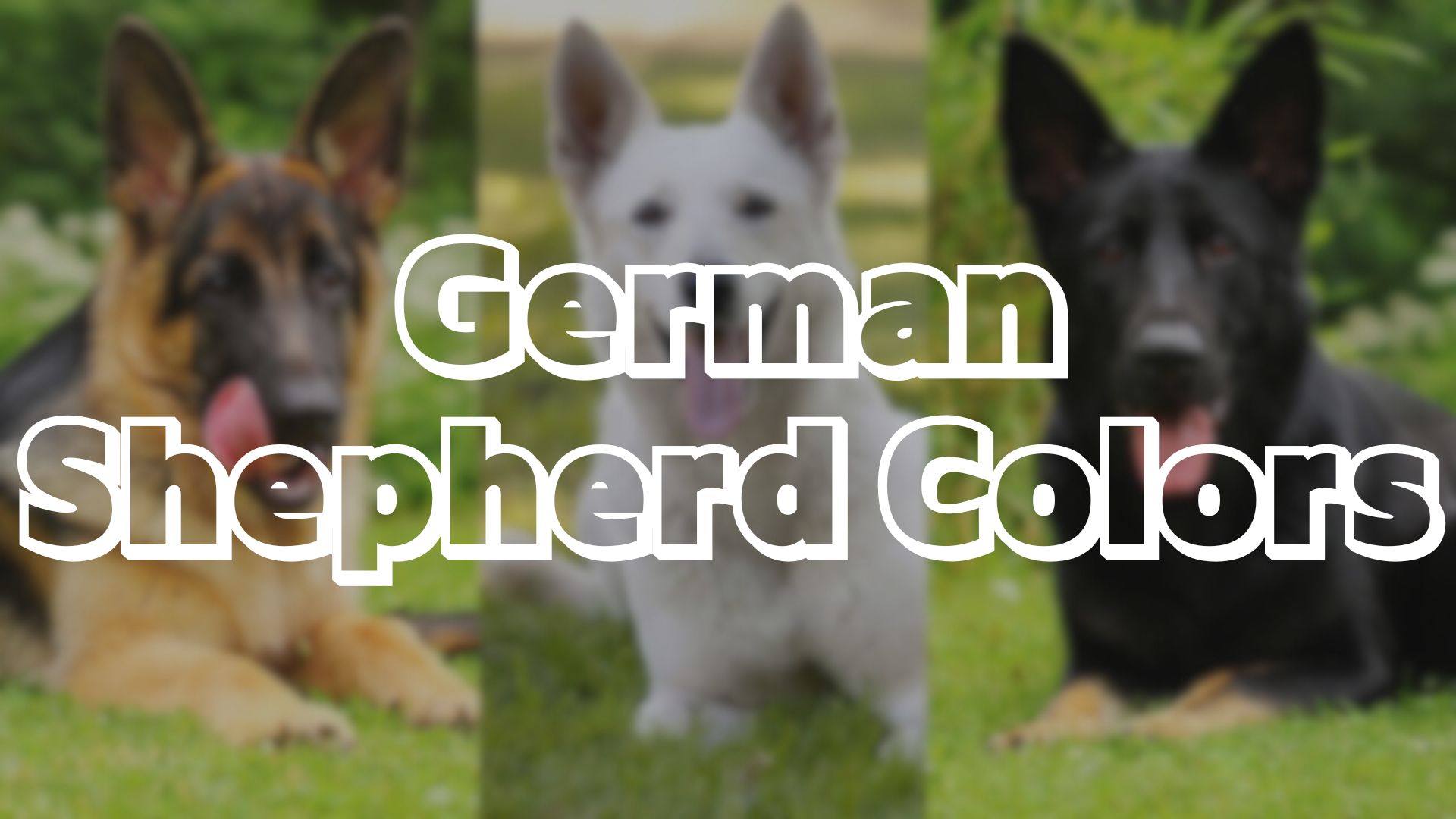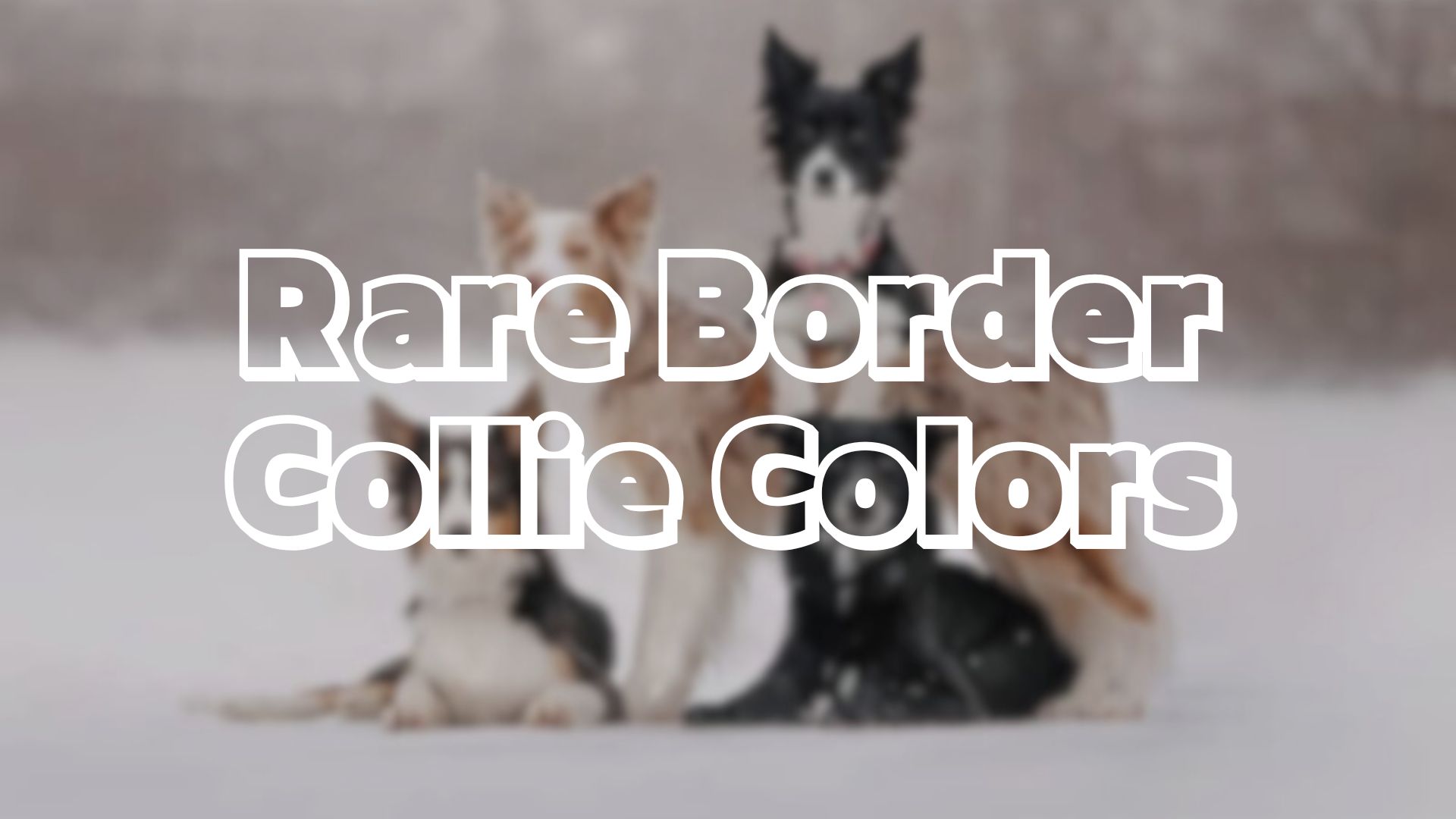Poodles come in various captivating colors: solid blacks, blues, silvers, browns, and vibrant reds. Black poodles have a deep hue with dark eyes. Blue poodles stand out with their unique blue shade. Silver poodles transition to a platinum hue. Gray poodles develop shades of grey over time. Cream poodles exude regal elegance. Red poodles boast a rich color celebrated by enthusiasts. Apricot poodles vary from pale peach to deep apricot. Cafe au lait poodles shine with sophistication. Explore the diverse palette of poodle colors for a unique and elegant pet companion.
Solid Colors
Among the various coat colors of Poodles, the solid colors stand out as distinct and visually striking. Solid colors in Poodles include black, blue, silver, brown, cafe au lait, silver beige, cream, apricot, or red.
True black Poodles exhibit a deep black color without any blue or silver tinting, with a face that remains deep black even when shaved. These Poodles maintain their color without fading and typically have dark brown eyes and black points.
On the other hand, brown Poodles present a deep, dark color separate from cafe au lait, characterized by liver points and dark amber eyes, with no black pigment on their bodies. Cafe au lait Poodles showcase a shiny light tan color and should not be mistaken for silver beige, while silver beige Poodles display a diluted brown color that changes from brown by the age of two, featuring liver points and dark amber eyes.
Lastly, red Poodles, an official color since 1980, come in true red shades with black or liver points, each contributing to the diverse and captivating array of solid colors in the Poodle breed.
Black
In the realm of Poodle coat colors, the color black holds a distinguished position for its deep and rich hue. Black Poodles are classic and elegant, making them a popular choice among Poodle enthusiasts. Here are some key points about black Poodles:
- True Black Color: Black Poodles should have no blue or silver tinting, maintaining a solid black hue.
- Distinctive Facial Features: When shaved, their faces display a deep black color, emphasizing their striking appearance.
- Color Permanence: Unlike some other Poodle colors, black Poodles will not clear or fade, ensuring a consistent look.
- Unique Characteristics: They typically have black points and dark brown eyes, adding to their allure and charm.
Blue
Blue Poodles, recognized for their distinctive coloration, exhibit a unique hue that sets them apart in the realm of Poodle coat varieties. This striking color is characterized by a blue tinge that develops over time, creating a captivating and uncommon appearance in the breed. Blue Poodles may vary in shades from a deep, rich blue to a lighter, more silvery blue, adding to their allure.
The development of the blue color in Poodles has little impact on their personality or overall health, making it a purely aesthetic trait. It is essential to note that true blue Poodles should not be confused with black or silver-coated Poodles, as they possess a distinct and recognizable coloration.
Blue Poodles can be a fascinating addition to any Poodle enthusiast’s collection, bringing a touch of uniqueness and elegance to the breed. Whether as a beloved family pet or a show dog, the blue Poodle stands out as a rare and beautiful choice for those seeking a Poodle with a touch of individuality.
Silver
Characterized by a pale platinum hue, the Silver Poodle boasts a unique and elegant coat color that sets it apart within the spectrum of Poodle varieties. The silver coloration in Poodles is a coveted trait among enthusiasts for its striking appearance and distinct characteristics. Here are some key points to understand about Silver Poodles:
- Diluted Elegance: The silver coat of a Poodle is a diluted shade of black or blue, resulting in a soft, shimmering appearance that exudes sophistication.
- Youthful Transformation: Silver Poodles are typically born with a darker coat that gradually lightens to the desired platinum hue by the age of two, showcasing a remarkable transition in color.
- Distinctive Features: To be recognized as a true Silver Poodle, the dog should have dark amber eyes and points that match the coat color, adding to the overall allure of this unique variety.
- Maintenance Requirements: Keeping the silver coat vibrant requires special care, including regular grooming, color-enhancing shampoos, and attention to factors like sunlight exposure and skin pigmentation changes that may affect the coat color over time.
Gray
The evolution of coat color in Poodles extends beyond the ethereal silver hue, branching into the dignified realm of gray tones that captivate admirers with their subtle sophistication. Gray Poodles showcase a unique charm as their coat gradually transitions into shades of gray, adding a touch of elegance to their appearance. This color variation is often associated with the Progressive Graying gene, recognized by the AKC. Gray Poodles may start showing signs of color change early on, with the process typically beginning around 2-3 months and culminating in a complete transition by maturity.
| Characteristics | Description |
|---|---|
| Coat Color | Shades of gray |
| Genetic Influence | Progressive Graying gene |
| Transition Period | Starts around 2-3 months |
| Complete Change | By maturity |
| AKC Recognition | Recognized |
Cream
Cream-colored Poodles exhibit a soft and elegant hue that sets them apart within the spectrum of Poodle coat colors. These charming dogs are known for their unique appearance and gentle demeanor. Here are some key points to note about Cream Poodles:
- Distinct Appearance: Cream Poodles have a light coloring that is lighter than white. This unique shade gives them a regal and sophisticated appearance.
- Genetic Characteristics: Cream Poodles are born light or medium brown and may have black points. Their coats can hold the cream color or may clear to a different shade as they age.
- Maintenance Considerations: To maintain the vibrancy of their coat, regular grooming and care are essential. Color-enhancing shampoos and proper grooming products can help preserve the cream hue.
- Health Implications: While the color of a Poodle’s coat does not directly impact their health, ensuring overall well-being through proper nutrition and regular veterinary check-ups is crucial for Cream Poodles.
White
Cream Poodles, with their elegant coloring, often pave the way for exploring the distinctive characteristics of White Poodles. White Poodles, a popular color choice, exude a sense of purity and grace. Their pristine coats require meticulous maintenance to preserve their immaculate appearance. White Poodles are known for their regal and sophisticated look, often associated with luxury and elegance.
One of the unique features of White Poodles is their susceptibility to congenital deafness, a condition more prevalent in white-coated dogs. This genetic predisposition necessitates careful breeding practices to ensure the overall health and well-being of White Poodles. Despite this potential health concern, White Poodles continue to be sought after for their striking appearance and refined demeanor.
In the world of Poodle colors, White Poodles stand out for their timeless beauty and dignified presence. Their stunning white coats make them a favorite choice for those looking to showcase a touch of elegance and sophistication in their canine companions.
Brown
With a rich and distinctive hue, the brown coat of Poodles exudes elegance and sophistication. Brown Poodles are captivating with their deep color and unique features. Here are some key points to understand about brown Poodles:
- Distinctive Coloration:
- Brown Poodles have a deep and dark color that sets them apart.
- The bb gene is responsible for their brown coat, distinguishing them from BB gene-caused colors.
- They must exhibit liver points and have dark amber eyes.
- Pure brown Poodles should not have any black pigment on their bodies.
- Differentiation from Cafe Au Lait:
- Brown Poodles are distinct from Cafe Au Lait Poodles.
- Cafe Au Lait Poodles sport a shiny light tan color, unlike the deep brown of brown Poodles.
- It is essential not to confuse Cafe Au Lait with silver beige Poodles.
- The color development process differs, with brown Poodles born brown and remaining so.
- Maintenance and Appearance:
- Brown Poodles should have a full coat change by the age of two.
- Liver points and dark amber eyes contribute to their distinguished appearance.
- Regular grooming and care are essential to maintain their color and overall appearance.
- Understanding the differences in coat colors is crucial for proper care and breed recognition.
- True Identity:
- Pure brown Poodles stand out for their rich color and specific genetic makeup.
- Being free of any black pigment distinguishes them from other color variations.
- Dark amber eyes complement their brown coat, enhancing their overall regal appearance.
- Recognizing the purity and distinctiveness of brown Poodles adds to their allure and desirability in the breed.
Red
Red Poodles, a striking and rare color variation within the breed, are officially recognized since 1980. True red Poodles are characterized by their vibrant coat color, which should have black points, although liver points are acceptable but not preferred in the U.S. The Apricot Red Poodle Club in Canada celebrates the unique beauty of red Poodles and their fascinating history within the breed.
Red Poodles stand out for their rich and deep red hue, making them a popular choice for those seeking a unique and eye-catching companion. Their coat color is a result of the presence of the rare Rufus gene, which contributes to the intensity of their red coloring. It is important for breeders and owners to understand the distinctive characteristics of red Poodles to ensure proper care and appreciation for this special color variation within the Poodle breed.
Apricot
The apricot color variation in Poodles offers a unique and distinctive hue within the breed. This shade, ranging from pale peach to deep apricot, adds a touch of warmth and vibrancy to the Poodle’s appearance. Here are some key points to note about apricot Poodles:
- Color Variability: Apricot Poodles can vary in intensity, with some leaning towards a lighter, almost cream-like shade, while others display a richer, deeper apricot color.
- Color Change: This color is known to change over time, especially in the first two years of the Poodle’s life, as the puppy coat transitions into the adult coat.
- Distinctive Features: Apricot Poodles typically have liver points, which complement their coat color, along with dark amber eyes that enhance their overall look.
- Popularity: Despite being relatively new compared to more traditional Poodle colors, the apricot variety has gained popularity among Poodle enthusiasts for its unique and eye-catching appearance.
Cafe Au Lait
The apricot color variation in Poodles offers a distinctive hue within the breed.
Transitioning now to discuss the characteristics of the Cafe Au Lait coat color. Cafe Au Lait Poodles boast a shiny light tan color that sets them apart. It is essential not to confuse them with silver beige Poodles, as Cafe Au Lait Poodles are born brown and eventually clear to this exquisite shade. To be considered a true Cafe Au Lait, these Poodles should have liver points and dark amber eyes, distinguishing them from other color variations.
The coat of a Cafe Au Lait Poodle should maintain its shiny light tan appearance throughout the dog’s life. This color variation adds a touch of elegance and sophistication to the breed, making Cafe Au Lait Poodles a sought-after choice for many Poodle enthusiasts looking for a unique and captivating companion.
Silver Beige
A unique shade within the spectrum of Poodle coat colors, Silver Beige adds a distinctive touch of elegance to the breed. This diluted brown hue undergoes a fascinating transformation from its original brown shade, culminating in a striking appearance by the age of two. Here are some key points to note about Silver Beige Poodles:
- Born Brown: Silver Beige Poodles are born with a brown coat, which gradually transitions to the distinctive Silver Beige shade as they mature.
- Liver Points and Dark Amber Eyes: True Silver Beige Poodles exhibit liver-colored points and dark amber eyes, enhancing their overall appearance.
- Full Coat Change: By the age of two, Silver Beige Poodles undergo a complete transformation, showcasing their unique coloration.
- Diluted Elegance: The diluted nature of the Silver Beige color sets these Poodles apart, exuding a sense of sophistication and refinement that captivates admirers.
Parti Poodles
Silver Beige Poodles, known for their unique diluted brown hue, offer a captivating contrast to the breed’s color spectrum, leading us to explore the distinctive charm of Parti Poodles.
Parti Poodles are characterized by their large amounts of white mixed with another color, creating a striking and eye-catching coat pattern. These Poodles have a base color of white with irregular patches of another color such as black, brown, or gray distributed throughout their coat.
The American Kennel Club (AKC) disqualifies Parti Poodles with ticking (spots of color on a white background) from conformation classes, emphasizing the importance of distinct patches in the parti pattern. Parti Poodles are highly sought-after for their unique and flashy appearance, often requiring more effort to find due to the rarity of their distinctive coat pattern.
Despite not being eligible for conformation events, Parti Poodles make wonderful companions with their playful, loyal, and intelligent demeanor, standing out for their striking and individualistic look in the Poodle community.
Color Changes
Exploring the dynamic process of color changes in Poodles reveals fascinating insights into their genetic expression. Poodles can hold a color or clear to another, and these changes can be uneven. Some colors may change by the age of 2, while others, like gray Poodles, may start turning gray at 4-5 years old. Cream Poodles, despite their light color, have black points that add an interesting contrast to their appearance.
- Holding vs. Clearing:
- Poodles can hold a color or clear to another.
- Color changes can be uneven.
- Some colors change by age 2.
- Gray Poodles may turn gray at 4-5 years old.
- Fixing a Dull Coat:
- Coat Maintenance:
- Sunlight, pollution, and aging affect coat color.
- Hair growth phases impact color.
- Use color-enhancing shampoos.
- When Poodle Turns Gray:
- Progressive Graying Gene:
- Black, blue, or brown Poodles may fade in color.
- Progressive Graying gene causes gradual color change.
- Mutation is dominant in some Poodles.
- Skin Color Changes:
- Skin Pigmentation:
- Skin color can change due to sunlight.
- Dark spots may appear on the belly.
- Raised dark spots should be checked by a vet.
Fixing a Dull or Yellowing Coat
To restore vibrancy to a lackluster coat, proper coat maintenance is essential for Poodles experiencing dullness or yellowing. Factors such as sunlight exposure, pollution, and the natural aging process can impact the color and shine of a Poodle’s coat. To combat dullness or yellowing, it is recommended to use color-enhancing shampoos specifically formulated for dogs. Additionally, considering products with the correct pH balance, such as certain human shampoos, can help maintain the coat’s color and sheen.
Regular grooming is also crucial in addressing a dull or yellowing coat. Brushing the coat frequently helps distribute natural oils, promoting a healthier shine. Trimming any damaged or discolored fur can also improve the overall appearance of the coat. Furthermore, incorporating high-quality nutrition into the Poodle’s diet can support coat health from the inside out.
When a Poodle Turns Gray
As Poodles age, a gradual transformation in coat color may occur, particularly affecting black, blue, or brown Poodles. This change is often attributed to the Progressive Graying gene, causing their original coat color to fade over time.
Here are some key points to consider when a Poodle turns gray:
- Progressive Graying Gene: The Progressive Graying gene is responsible for the gradual color change seen in black, blue, or brown Poodles.
- Color Transformation: Poodles with this gene may start showing signs of color change as early as 2-3 months old.
- Dominant Mutation: In some cases, the mutation of the Progressive Graying gene can be dominant, leading to a complete color change by the time the Poodle reaches maturity.
- Skin Pigmentation: Along with the coat, skin pigmentation may also be affected, with dark spots potentially appearing on the belly or other areas, further indicating the progression of the graying process.
Conclusion
In conclusion, the spectrum of poodle coat colors is a fascinating and complex subject that encompasses genetics, breeding practices, and historical influences.
Understanding the nuances of poodle colors is essential for maintaining breed standards and genetic health.
From solid colors like black, blue, and silver to parti poodles and color changes, each hue carries its own unique characteristics.
Delving into the intricacies of poodle colors unveils the artistry and science behind the breed’s captivating coat variations.




